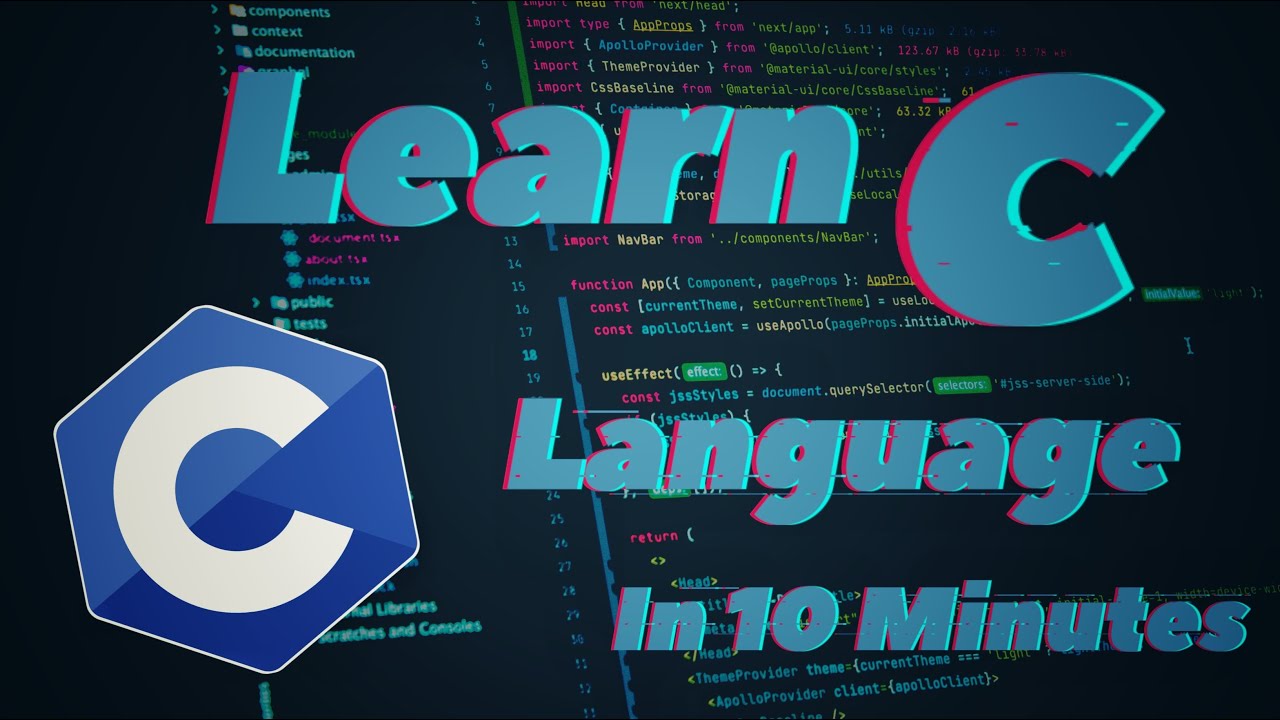Komponen Control Flow
Summary
TLDRIn this instructional video, Krisna introduces key concepts of control flow in Kotlin programming, covering essential topics like loops and conditionals. He explains enumeration as a way to define constant data types, and illustrates the use of 'if', 'else', and 'when' expressions for decision-making in code. Krisna demonstrates practical coding examples, highlighting the functionality of 'while' and 'do while' loops, as well as the significance of 'break' and 'continue' for controlling loop execution. The session aims to provide viewers with a solid understanding of how to manage program flow effectively using Kotlin.
Takeaways
- 😀 Control flow in programming is essential for directing the execution of code based on conditions.
- 😀 Enumeration allows you to define a set of constant values, improving code readability and reducing typing errors.
- 😀 If-Else statements are used to determine which code block to execute based on a condition.
- 😀 The When expression in Kotlin is a more efficient way to handle multiple conditions compared to If-Else statements.
- 😀 While loops check a condition before executing the code block, continuing until the condition is false.
- 😀 Do-While loops execute the code block at least once before checking the condition.
- 😀 For loops can iterate over ranges, making it easy to loop through a set of numbers without manual indexing.
- 😀 The Break statement can terminate a loop prematurely when a specific condition is met.
- 😀 The Continue statement skips the current iteration of a loop and proceeds to the next one.
- 😀 Hands-on coding practice using online platforms can enhance understanding of Kotlin's control flow features.
Q & A
What is control flow in programming?
-Control flow is the method of directing the sequence of operations in a program based on conditions that arise during execution.
Why is it necessary to use loops and branches in a program?
-Loops and branches are necessary to repeat code or to direct the program's execution path according to specific conditions, helping to achieve the program's goals.
What is enumeration in Kotlin and why is it useful?
-Enumeration in Kotlin is a feature that allows the definition of a set of related constants, making code more efficient, less error-prone, and easier to read.
How does the 'if-else' statement function in Kotlin?
-'If-else' statements allow for condition checking; if the condition in the 'if' block is true, that block is executed; otherwise, the 'else' block is executed.
What is a 'when' expression and how is it different from 'if-else'?
-'When' expressions are used for multiple condition checks, similar to a switch statement. They can handle multiple cases more cleanly than nested 'if-else' statements.
Can you explain the difference between 'while' and 'do-while' loops?
-'While' loops check the condition before executing the loop body, while 'do-while' loops execute the body first and check the condition afterward, ensuring the body runs at least once.
What is the purpose of the 'break' and 'continue' statements?
-'Break' is used to exit a loop prematurely, while 'continue' skips the current iteration and proceeds to the next iteration of the loop.
How do ranges work in Kotlin?
-Ranges in Kotlin define a sequence of values, allowing for concise iteration over sequences of numbers using operators like '..' or 'until'.
What are some advantages of using loops instead of manually writing repetitive code?
-Loops reduce redundancy, minimize the chances of errors, and improve maintainability by allowing for easier changes to the iteration logic in one place.
How can infinite loops affect program performance?
-Infinite loops can lead to program crashes or freezing, consuming system resources and degrading user experience due to the application becoming unresponsive.
Outlines

This section is available to paid users only. Please upgrade to access this part.
Upgrade NowMindmap

This section is available to paid users only. Please upgrade to access this part.
Upgrade NowKeywords

This section is available to paid users only. Please upgrade to access this part.
Upgrade NowHighlights

This section is available to paid users only. Please upgrade to access this part.
Upgrade NowTranscripts

This section is available to paid users only. Please upgrade to access this part.
Upgrade NowBrowse More Related Video

Control structures in PHP - If, Else, Else if, Switch, While, Do-While, For Loop |Web Technologies|

Learn C Language In 10 Minutes!! C Language Tutorial

54. OCR GCSE (J277) 2.1 Pseudocode and diagrams

Control flow dalam pemrograman Python

Mengenal Salah Satu Jenis Alur Kendali yaitu: Loop / Pengulangan

C programming Bangla Tutorial 5.2 : কিভাবে সি প্রোগ্রামিং পড়বেন / পড়াবেন ?
5.0 / 5 (0 votes)